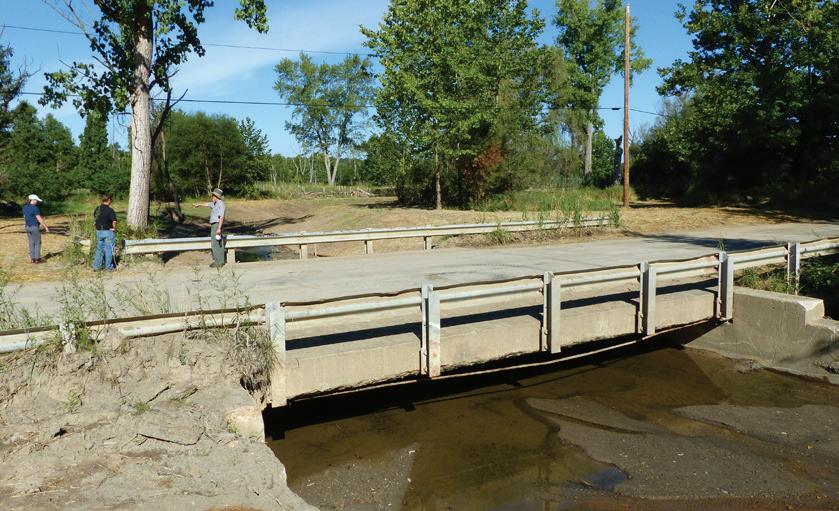
3 minute read
SOBER CHRONICLES
STANFORD RUN
Despite all its challenges, 2020 is shaping up as a banner year for river restoration in Cuyahoga Valley. The dams in Brecksville were removed. Check. The work to reconnect Stanford Run to the Cuyahoga River wrapped up. Check. Both projects were complex and took decades to move from vision through planning, funding, and then implementation. Both contribute to the larger effort to restore the Great Lakes by removing barriers to fl ow. For Stanford Run, the “dam” was our beloved Towpath Trail.
Advertisement
If you have ever hiked from Boston to Brandywine Falls, you may have explored the closed section of Stanford Road just north of Stanford House. Stanford Run is the stream that “runs” under the road bridge. Historically, it continued west, passing under the towpath through a canalera culvert into the Cuyahoga River near today’s Boston Mills Ski Resort.
By the 1980s, when the Towpath Trail planning began, the culvert was so clogged that a large wetland had formed. When moving water slows, it drops what it is carrying. In this case, it dropped so much dirt that the fl oodplain has risen 5 FEET in the past 50 to 60 years, judging from the age of partially buried trees!
Invasive plants took over the wetland, fi sh disappeared from lower Stanford Run, and Stanford Road regularly fl ooded. In short, it was a mess.
So the national park called in the troops: the U.S. Army Corps of Engineers.
During winter and spring 2019, the Corps’ contractor installed a larger culvert under the Towpath Trail and began digging about 2,300 linear feet of stream channel. This involved engineering the water’s new curved path and hauling away a huge amount of sediment.

Meanwhile, over 300 national park volunteers planted about 1,000 native trees. In time, their leaves will cool the stream, improving the habitat for fi sh. Stones from upstream will build up on the mud bottom, creating homes for the aquatic insects that fi sh eat. When I was out photographing this site with the project leaders, we spotted schools of darters already exploring their new home.


The cost to fi x the environmental damage caused by this clogged pipe: roughly $1.5 million. The benefi ts to our national park and the largest freshwater system in the world: priceless.
// Arrye Rosser is an interpretive and education specialist at Cuyahoga Valley National Park.


Top: In Feb. 2019, an excavator cut through the Towpath Trail north of Boston to install a new culvert. (Photo: NPS/D.J. Reiser)
Second: In Aug. 2020, the restored Stanford Run fl ows under the Towpath to the Cuyahoga River. (Photo: NPS)
Third: In Feb. 2019, the project team on the fl ooded Stanford Road. Notice the tree at the far left and the telephone pole at the far right. (Photo: NPS/D.J. Reiser)
Fourth: Team members stand in roughly the same location, on the bridge between the left tree and right pole, after the habitat restoration. In the background, white tubes protect native tree saplings planted by volunteers. (Photo: NPS/Arrye Rosser)
Bottom: The U.S. Army Corps of Engineers designed the new stream channel with curves and pools so the stream now has a more natural fl ow. More than 5 feet of soil built up when the stream was blocked, burying tree trunks. (Photo: NPS/Arrye Rosser)







